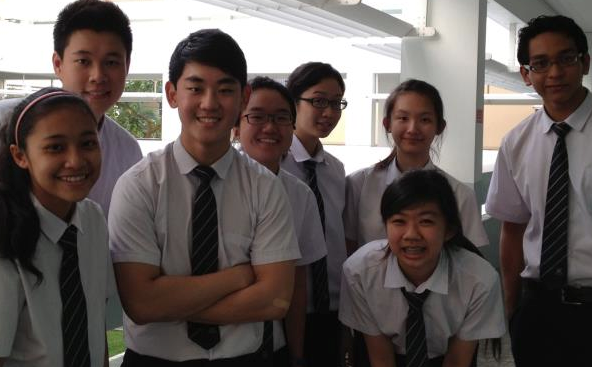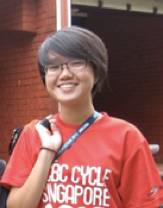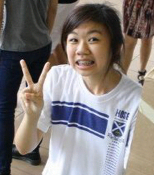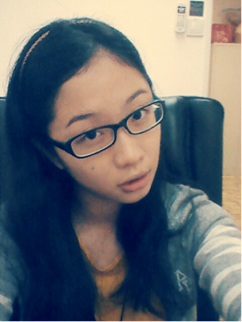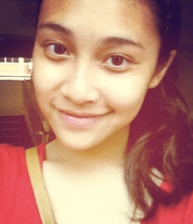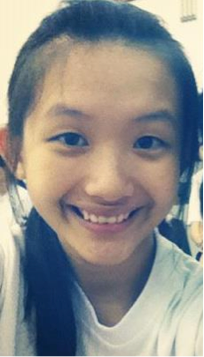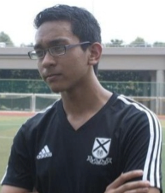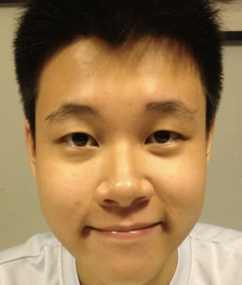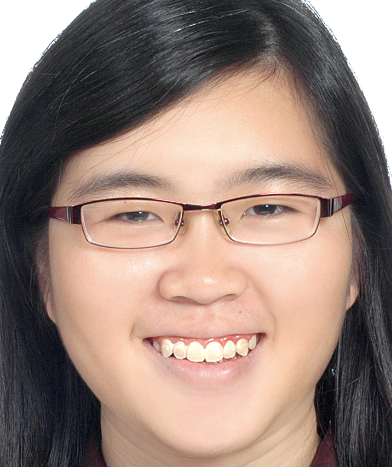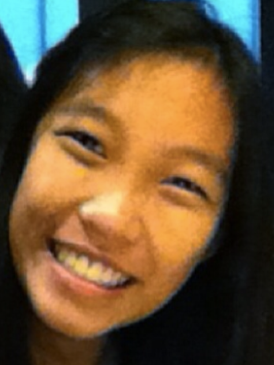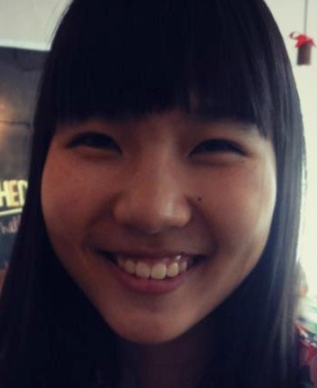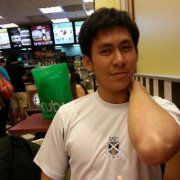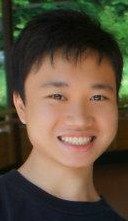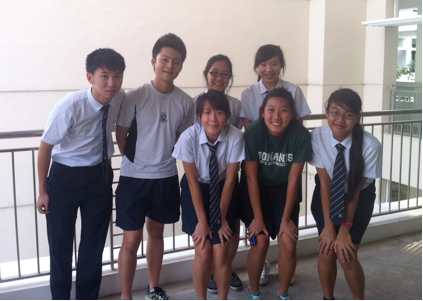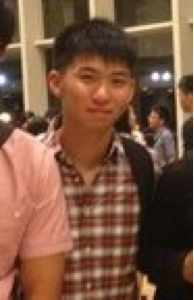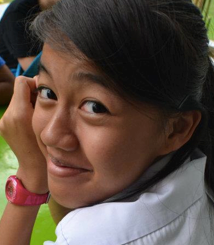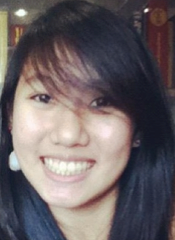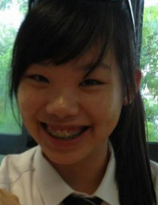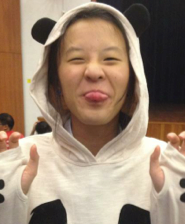Day 06: Globe Theatre/Tate Modern/Richard III
Friday, 30 November 2012, 00:32
The day started out with two battles: the first was us fighting for space and food during breakfast against the two other school groups staying at our Travelodge (one of which is the TDP group!), and the second battle was against the bitingly cold wind that hit us the second we stepped out of the Travelodge and throughout the half an hour debrief with the teachers at vacant benches across the road belonging to a pub that was still closed at that time. The temperature that day was around 5 degrees, and Ms K warned us that it was going to drop further as the week progressed. Some of us are hoping and excited for it to possibly start snowing, while others are hoping it won’t. The debrief proceeded with Gillian, Edmund, Eunice and Marcus presenting on the British Legal System and the Globe Theatre.

 After which, we walked to the Millennium bridge over the River Thames, which apparently started swaying when people were walking across the first time it was opened to the public. Reconstruction was done, although it took another 18 months before the bridge opened to the public again. Thankfully, the bridge felt very steady as we hurried across, with our heads kept low and hands tucked into our pockets to brace against the icy wind. It had breathtakingly beautiful views, which meant group photos were in order. We then headed to St. Paul’s Cathedral which was located right in front of the bridge, where we sat on the stone steps leading to its entrance to listen to Dawn present on its history as well as kept a watchful eye on the fat London pigeons that were much more unafraid of humans than the Singapore ones were. We were then given an half hour’s break to find somewhere warm to rest and get much needed hot drinks or snacks
After which, we walked to the Millennium bridge over the River Thames, which apparently started swaying when people were walking across the first time it was opened to the public. Reconstruction was done, although it took another 18 months before the bridge opened to the public again. Thankfully, the bridge felt very steady as we hurried across, with our heads kept low and hands tucked into our pockets to brace against the icy wind. It had breathtakingly beautiful views, which meant group photos were in order. We then headed to St. Paul’s Cathedral which was located right in front of the bridge, where we sat on the stone steps leading to its entrance to listen to Dawn present on its history as well as kept a watchful eye on the fat London pigeons that were much more unafraid of humans than the Singapore ones were. We were then given an half hour’s break to find somewhere warm to rest and get much needed hot drinks or snacks
We then headed back across the Bridge to go to the Globe Theatre that was right next to the Millennium Bridge. One of the actors - Chu - met us and brought us inside the Globe where he shared with us the Globe’s history. Back then, the Globe was the most popular theatre in the Elizabethan times as the outdoor structure of the theatre made tickets relatively cheaper than the other indoor theatres. The Globe’s circular structure of where the audience sat affected how plays were staged, as it was required for the actors to move around the stage a lot to address the entire audience from all angles. This meant that plays (especially Shakespeare’s), were written with the structure of the Globe in mind, which is interesting as this is the opposite from the norm in today’s modern plays where the stage has to adapt according to the play. Since the Globe’s stage is completely bare from any lighting, speakers, or elaborate sets, everything the audience needed to know about the play’s setting had to be revealed in the character’s dialogue with each other.
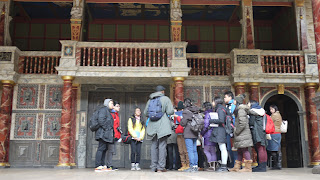 We were then brought up to the stage to see up close the two entrance doors at the back of the stage, and the two trap doors located in the middle of the ceiling and the floor. Fascinatingly, we were told that the entrance door located stage left is usually where the sinister characters entered from because “left” means “sinister” in Latin. The entrance door at stage right is hence where the righteous characters entered from at the start of the play. This was so that the audience would know immediately when the characters entered on stage whether they were the heroes or villains of the play. Furthermore, the trapdoor located on the ceiling represented “heaven”, as seen in the beautiful paintings of stars and the zodiac, and the trapdoor on the floor thus represented “hell”.
We were then brought up to the stage to see up close the two entrance doors at the back of the stage, and the two trap doors located in the middle of the ceiling and the floor. Fascinatingly, we were told that the entrance door located stage left is usually where the sinister characters entered from because “left” means “sinister” in Latin. The entrance door at stage right is hence where the righteous characters entered from at the start of the play. This was so that the audience would know immediately when the characters entered on stage whether they were the heroes or villains of the play. Furthermore, the trapdoor located on the ceiling represented “heaven”, as seen in the beautiful paintings of stars and the zodiac, and the trapdoor on the floor thus represented “hell”.
We then took a quick one hour break to grab a bite to eat as well as to visit the Globe exhibition. The exhibition showcased the history of the Globe Theatre and the changes to its structure as it went through reconstructions. It also featured the life of Shakespeare and his works in relation to the events that were happening in London at the same time. An interesting section was at the end, where a lady showed us the exact machine and method that was used in Shakespeare’s time to print the plays. It was an extremely complicated process where every word had to be slotted into a metal casing letter by letter, and each letter piece was stored in cases. This was where the term ‘uppercase’ and ‘lowercase’ came from, as the capital letters were literally stored in the upper case, and the small letters stored in the lower case. The lady demonstrated to us as well how the pressing machine was used to print the inked lettering onto a piece of paper. The entire process looked long and tedious, but we were told that the people hired to print required 7 years of training for this job, and that they could expertly slot in letter and print pages by pages with extreme effectiveness and speed.
 Following the break was our drama workshop, where we participated in simple activities that required us to communicate with each other, like how actors have to when they first met up for rehearsals. We were taught that communication took place in 3 ways: through voice, eye contact, and imagination. We were also taught iambic pentameter, the rhythmic structure that Shakespeare used when writing his plays. It usually consists of ten syllables in each line, with a total of 14 lines. It follows a ‘stressed, unstressed’ pattern when spoken, which is supposed to mimic a human heartbeat. We practiced speaking parts of Shakespeare’s Othello, and had to act out the lines to our partners. Although we found it humorous at the start, it was an eye-opener for most of us on how Shakespearean plays are acted out. We also learnt how the status of a character is dependent on how he/she treats others and how he/she is treated by others, helping us to understand Shakespeare plays better when we next watch one.
Following the break was our drama workshop, where we participated in simple activities that required us to communicate with each other, like how actors have to when they first met up for rehearsals. We were taught that communication took place in 3 ways: through voice, eye contact, and imagination. We were also taught iambic pentameter, the rhythmic structure that Shakespeare used when writing his plays. It usually consists of ten syllables in each line, with a total of 14 lines. It follows a ‘stressed, unstressed’ pattern when spoken, which is supposed to mimic a human heartbeat. We practiced speaking parts of Shakespeare’s Othello, and had to act out the lines to our partners. Although we found it humorous at the start, it was an eye-opener for most of us on how Shakespearean plays are acted out. We also learnt how the status of a character is dependent on how he/she treats others and how he/she is treated by others, helping us to understand Shakespeare plays better when we next watch one.
After that fun session, we proceeded to the Tate Modern located nearby. We were accompanied by Sean, who informed us that the Tate Modern was opened in 2000, in the former Bankside Power Station, and holds modern artworks that date throughout the 20th century. It is the most successful art gallery with around 5 million visitors a year, and contains artworks of various artistic styles such as surrealism, photomontage, realism, sculpture, etc. He brought us through a few artworks to introduce to us examples of the various art styles that was hugely popular to artists in the 20th century, the famous Pablo Picasso being one of them. We were then given time to browse through the gallery ourselves and do our reflections on a piece we chose. Personally, it was fascinating looking at how art has developed into so many different styles other than painting, but still used as a form of expression to convey the message of an artist to his/her audience.
We eventually left for dinner at Rock. Sole and Plaice to have the famous British fish and chips. The portion sizes were big and immensely satisfying, and we left for Richard III stuffed and happy.
Richard III was held at Apollo Theatre, where we were seated in the circle stalls with restricted view of almost half the stage. Nevertheless, we could see right from the start that the stage was set exactly as it would be in the Globe Theatre. There were seats for audience to sit on either side of the stage, and there were no light changes, black outs, or curtain closing. The actors addressed all sides of the stage, just like what our Globe guide told us how they would. I was surprised to find out during the play that Richard III was humorous. It wouldn’t seem that way by just reading the text, but by the way the actor acted out his lines that made the jokes more obvious. It showed how important watching plays is so supplement what we study in the text, as Shakespeare plays were always meant to be watched and heard instead of read. It was hard to decipher the Shakespearean language spoken by the actors in time to what they were saying however, which made concentrating difficult for the entire three hours of the play. All in all, the play and the actors were spectacular, and it made me eager to watch Othello (the text we are currently studying), to be able to fully grasp how the play is supposed to be performed, and the impacts it has to the audience.
Along the trip back to the Travelodge, a few of us lucky ones managed to see Sir Ian McKellen as he passed us by on his way out of the theatre! He smiled at us and we were unfortunately too stunned and in awe to ask for a picture and autograph.. Another celebrity encounter was the day before, after watching War Horse, where lucky Christian was calm enough to ask and obtain Jamie Oliver’s autograph!
It was definitely an extremely eventful day for all of us, and we finally reached our Travelodge exhausted yet excited for our trip to Oxford the next day. Maybe we would meet some more celebrities?
Gabrielle Goh, 12A06

